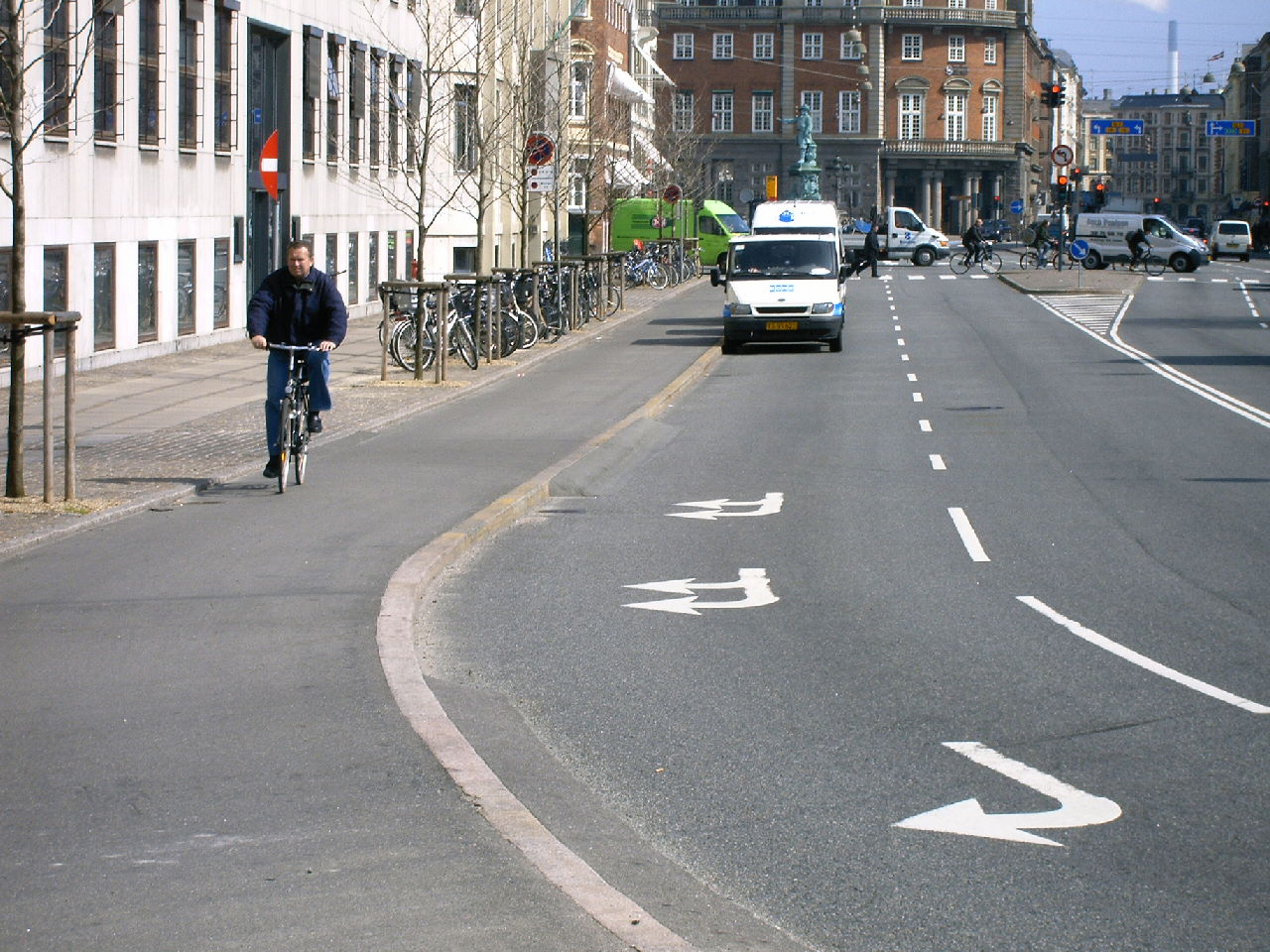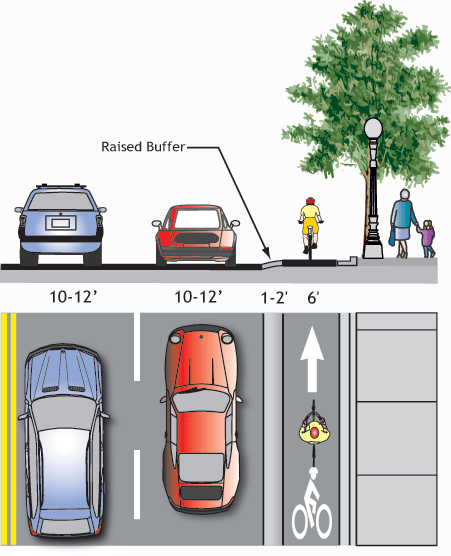Midtown Urbanist
Superstar
^ Side note, but anyone find it particular that Cllr. Frances Nunziata has become a cycling and pedestrian advocate?
For all the talk of coordinating cycling projects with major road works, the city continues to miss one opportunity after another to do exactly that.
On this section of Royal York Road, a significant reconstruction of its sidewalks, curbs and road surface has just been completed. This stretch also happens to be part of the city's Ten Year cycling plan which calls for new bike lanes here.
View attachment 206395
Despite this, no bike lanes have resulted from the reconstruction. There are wide curb lanes and an unused yellow-painted strip in the middle of the entire stretch, but somehow no one thought to put this space to better use. Perhaps not surprising, since this is Stephen Holyday's ward.
View attachment 206394
And after seeing this article which highlights how progress on vision zero is being held up by bureaucratic crap, now I have to wonder what kind of similar roadblocks must be preventing progress on our cycling network.
Toronto city hall still throwing up roadblocks to road safety
https://www.cbc.ca/news/canada/toronto/toronto-road-safety-1.5299831?cmp=rss
And sure enough, I happen to find something on Twitter:
View attachment 206440
Those lamp post (right side) are close to the road, but should have been on further out far from the curb. Doing so would allow more pedestrian use of the sidewalk.
The traffic lane widths are not meant to match the speed limit, but for speeders doing 100+ km/h. This is so the drivers would be safe, not for the pedestrians or cyclists.
 www.facebook.com
www.facebook.com
As per this post by Will Dos Santos on Facebook, Scarlett Road is getting its bike lanes painted today.
Log into Facebook
Log into Facebook to start sharing and connecting with your friends, family, and people you know.www.facebook.com
The image from his post is below:
View attachment 206619


As a cyclist who likes to ride at 25kph+, a curb is not desired. A slightly raised buffer is ok. Flat is safest.
I have to agree with @salsa If we don't put a hard curb we'll get cars, including TPS parking in the lane.As a cyclist who likes to ride at 25kph+, a curb is not desired. A slightly raised buffer is ok. Flat is safest.
As per an this report, updating the Yonge Tomorrow plan, the new downtown Yonge will NOT contain any cycling facilities, but will add such facilities to a nearby parallel street, one of Bay, University or Church.




